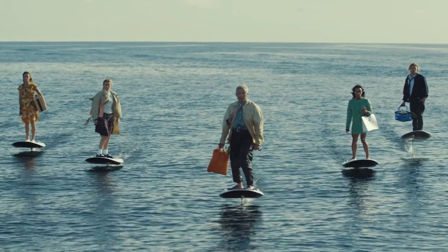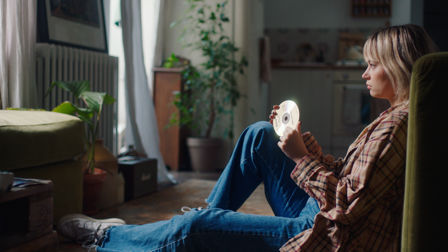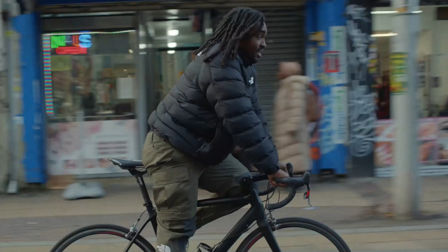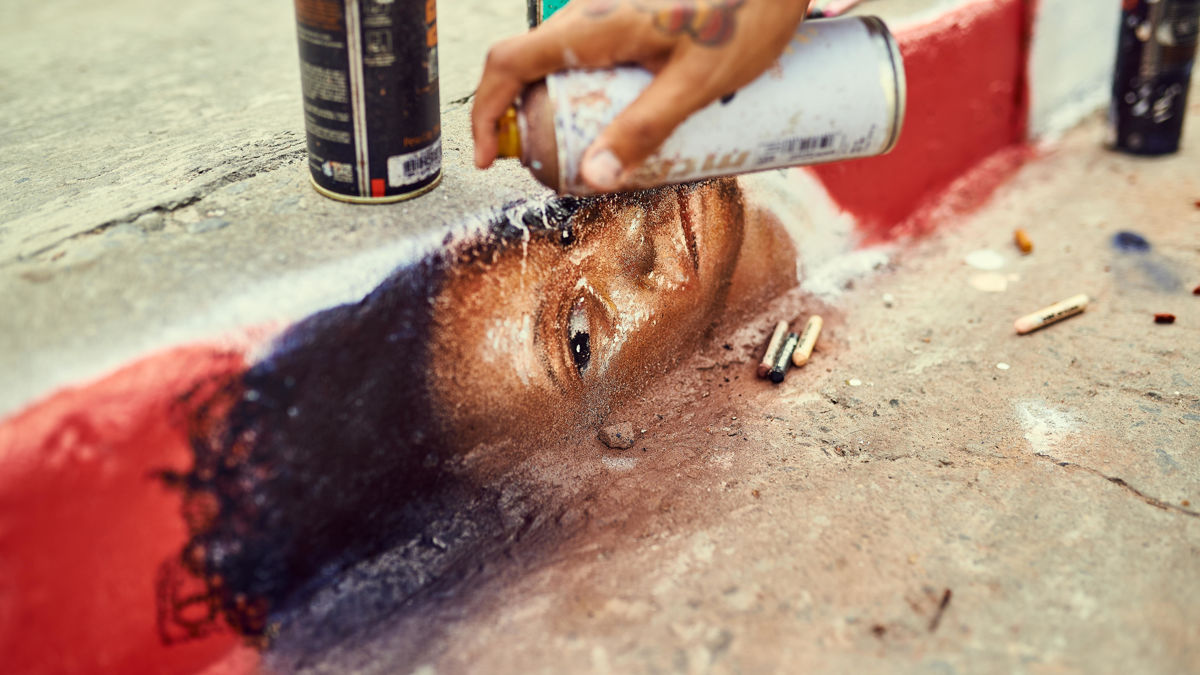How Z+ created a curbside canvas
We chat to the São Paulo agency about their campaign addressing the issue of only 9% of the city’s sidewalks being wheelchair-accessible, by covering them in graffiti.
For those of us lucky enough to be able to walk around unaided, a curb is merely something to trip over if we’re not paying attention. However, for wheelchair users and others with mobility issues, a small curb without a ramp can be as insurmountable as a wall.
With this in mind, agency Z+ decided to take to the streets of São Paulo (a city in which only 9% of sidewalks are wheelchair-accessible) and treat curbs like walls… by covering them with graffiti.
Inviting artists such as Apolo Torres, Bruno Mazola, Chivitz, Dinas Miguel, Felipe Palacio, Mazola Marcnou, Minhau, Negritoo, Tarik and Tito Ferrara, the campaign soon saw 14 miniature works of art adorning the streets of regions like Barra Funda, Bela Vista, Campo Belo, Chácara Santo Antônio, Jaraguá, Lapa, Liberdade, Mooca, Pinheiros, Sumaré and Vila São Francisco. Spreading the word, NGO Movimento SuperAção launched an Instagram profile where all graffiti works can be seen, as well as their location.
We caught up with Alexandre Vilela, CCO at Z+ to see how the project was implemented and the future for the curbs of São Paulo.
Credits
powered by
- Agency Z+/Sao Paulo
- Production Company Cromo Filmes
- Director Lucas Mello
-
-
Unlock full credits and more with a Source + shots membership.
Credits
powered by
- Agency Z+/Sao Paulo
- Production Company Cromo Filmes
- Director Lucas Mello
- Chief Creative Officer Alexandre Vilela
- Creative Director Tarso Soares
- Creative Director Celio Salles
- Art Director Ivan Montebello
- Art Director Rodrigo Seixas
- Copywriter Gustavo Zotini
- Producer Diego Cagnani de Melo
- Producer Caroline Reis
- Music Coletiva Produtora
- Copywriter Melissa Pottker
- Director Thiago Siqueira
- Graphic Designer Carlos Vieira
- DP Hyran De Mula
- Editor Gabriela Dias
- Editor Francisco Filho

Credits
powered by
- Agency Z+/Sao Paulo
- Production Company Cromo Filmes
- Director Lucas Mello
- Chief Creative Officer Alexandre Vilela
- Creative Director Tarso Soares
- Creative Director Celio Salles
- Art Director Ivan Montebello
- Art Director Rodrigo Seixas
- Copywriter Gustavo Zotini
- Producer Diego Cagnani de Melo
- Producer Caroline Reis
- Music Coletiva Produtora
- Copywriter Melissa Pottker
- Director Thiago Siqueira
- Graphic Designer Carlos Vieira
- DP Hyran De Mula
- Editor Gabriela Dias
- Editor Francisco Filho
What was the initial insight for the project? What was the problem you wanted to solve?
The insight is: to a person in a wheelchair, a sidewalk is like a wall. Without a ramp, a sidewalk is not feasible for a person with mobility issues.
If a sidewalk is a wall, it deserves graffiti - so that's what we did. São Paulo, Brazil, is one of the biggest cities in the world and only 9% of the sidewalks (in 50,000 streets) have accessibility ramps. We wanted to bring awareness to this problem for the NGO Movimento Superação, which fights for the accessibility cause. And it’s working. City Hall has already started to build more ramps because of the project.
How did the idea develop?
At first, we invited some artists to contribute with their art on the sidewalk's curbs to make the point. And then we've created an Instagram gallery to show the graffiti art on the sidewalks.
After that, the graffiti community embraced the idea and asked to join in. News media started to talk about, and things grew with artists from other States in Brazil replicating the project in their communities.
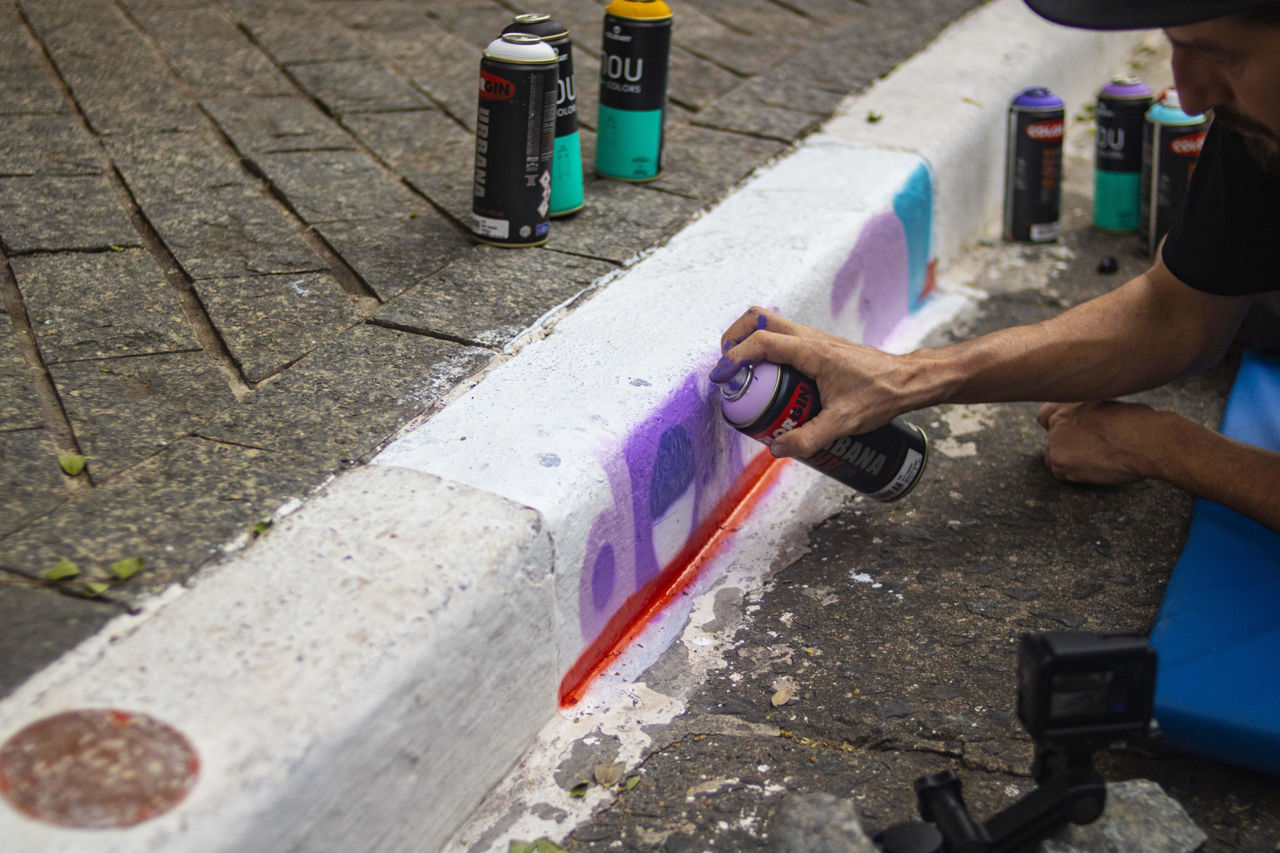
How did you assemble the artists for the project? What input did they bring?
We've selected known graffiti artists in São Paulo and invited them to take part. After things get more prominent on the news, inside the art community and Instagram, other artists contacted us and asked to join in.
We wanted to be as legit as it could be. So we've asked the artists to replicate what they would do on a wall into the small space of the curb.
How was the implementation of the project? Did you encounter any issues?
We thought we could have problems with authorities. After all, it's graffiti been done without authorisation to criticise the government on the lack of ramps. It could be a big issue. But, for our joy and surprise, the Secretary for The People with Disabilities, a Congresswoman and other politicians gave their support. And the City Hall started to make the ramps.
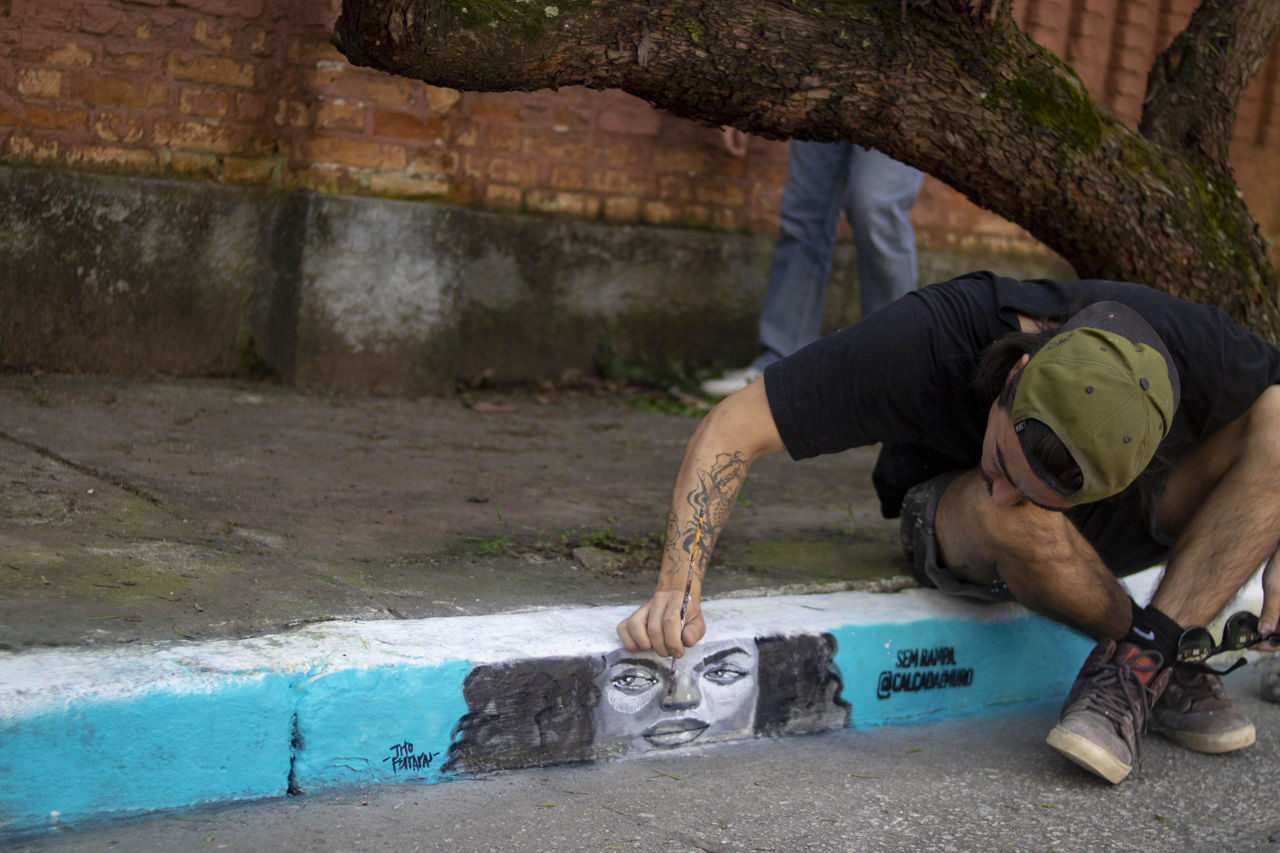
Alongside the actual artworks themselves, how else was the message spread?
Besides the Instagram gallery and the conversation inside the graffiti community, news coverage spread the message.
Do you have a favourite artwork from the pieces?
I think we have a beautiful gallery. It's hard to pick one, but here are a few I like:
Will we see any more of the campaign?
Yes. It's an ongoing platform, we do not plan to stop anytime soon. There are many pieces of graffiti to become ramps yet.
)








